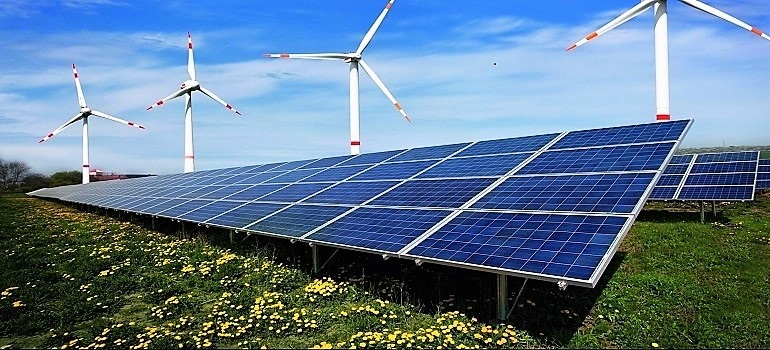
Institute for Energy Economics and Financial Analysis (IEEFA) in its new report said that India’s national transmission grid must urgently modernise to increase the rate of renewable energy adoption. This is a key prerequisite for achieving India’s renewable energy investment ambitions while accelerating the excellent progress of recent years.
As of December 2019, India had installed 86 gigawatts (GW) of renewable energy capacity, more than doubling in the last four years. Further, India has an ambitious target of 175GW of variable renewable energy by 2022, rising to 450GW by 2030.
The report notes that Renewable energy resources are abundant in India, but not evenly spread. While some states have plentiful wind and solar endowments, most demand growth will come from states with less renewable energy potential. New renewable energy infrastructure can now be built within two years from initial plans through to completion, years faster than any new coal- or LNG-fired plants. However renewable energy is intermittent, requiring balancing from peaking power supply, electricity storage (batteries and pumped hydro storage, and/or demandresponse technologies), as well strong interstate grid connectivity.
The complexities of India’s grid mean that transmission is a major hurdle and is materially slowing the adoption of renewable energy. Moreover, there is a growing risk that variable renewable power may be underutilised, and/or its development grid constrained in the absence of both grid discipline and a modern, upgraded transmission network, noted IEEFA in its new report.
A transparent planning process is needed for a well-designed, forward-looking grid. The national grid must be able to rapidly embrace evolving new technologies. Transmission capacity must be added quickly and in the locations best suited to exploit renewable energy.
The Central Electricity Authority’s National Electricity Plan highlights the urgent need for more transmission lines. An additional 1.1 lakh (110,00) circuit kilometres are required by financial year 2021/224 to manage the annual peak load demand of 225.7GW, and to absorb the increasing share of variable renewable energy in the total electricity mix.
Transmission access is also considered a potentially serious bottleneck for speeding up the deployment of renewable energy. IEEFA notes that increased competition in the transmission sector can help to achieve the twin objectives of increasing renewable energy generation, without these assets becoming stranded.
IEEFA notes that the expansion of private sector investors has brought increased competition for new tenders, helping drive down the cost to consumers. This has also increased India’s access to global debt and equity capital. The phenomenal market success of Adani Transmission Ltd shares since their initial public offering in 2015 shows how the right regulatory and policy framework can help drive capital in support of India’s electricity system transformation. This is an important goal for India and provides a globally relevant model for other countries driving towards a lower cost, more sustainable domestic electricity generation system.
However, time is running out. India must begin planning to develop its transmission infrastructure at an even faster pace, noted IEEFA in its new report.
